When it comes to maintaining healthy nails, selecting the right tool is essential. Many types of clippers are available, each designed to cater to different needs. Are you tired of dealing with split or ingrown nails? Discover how to maintain healthy nails with the perfect toenail clipper! Read on to find out how to choose the right clipper for your needs, ensuring safe and effective use.
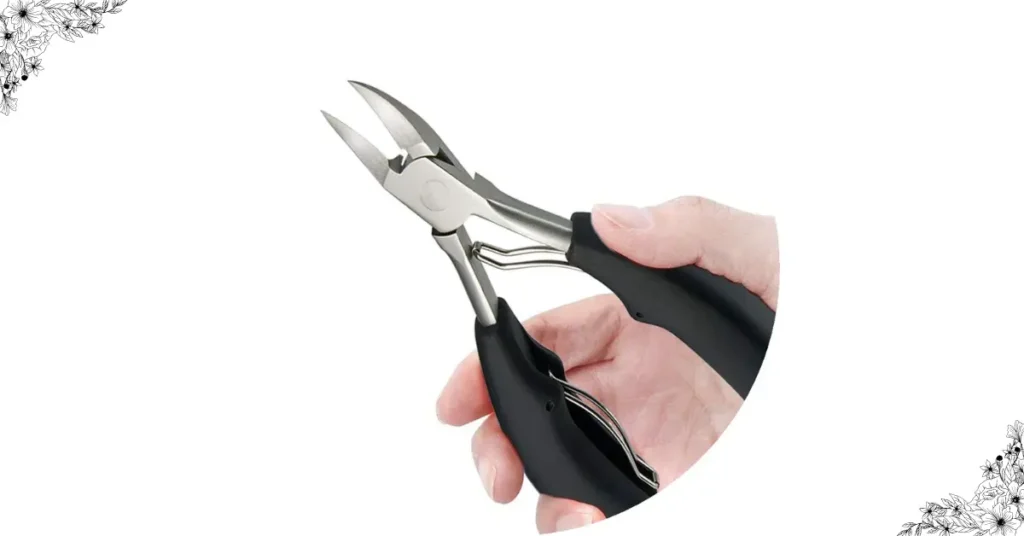
Table of Contents
Importance of toenail care and preventing ingrown nails
- Proper toenail care is not merely an ornamental concern; it is essential for precluding painful issues like ingrown nails.
2. Neglecting this aspect of bottom hygiene can lead to discomfort, pain, and even severe infections.
3. Regular trunking using the best toenail clippers plays a crucial role in precluding potential complications and promoting not just overall foot health but also general well-being.
4. From my years of experience, dedicating attention to toenail care has significantly improved my comfort and helped me avoid the frustrating recurrence of ingrown nails.
Types of toenail clippers
Toenail clippers are the chief tools in particular grooming, available in a rich shade of designs to feed specific requirements and preferences. Understanding the nuances of these different types empowers one to choose the perfect tool for an effective toenail care routine.
Guillotine Clippers
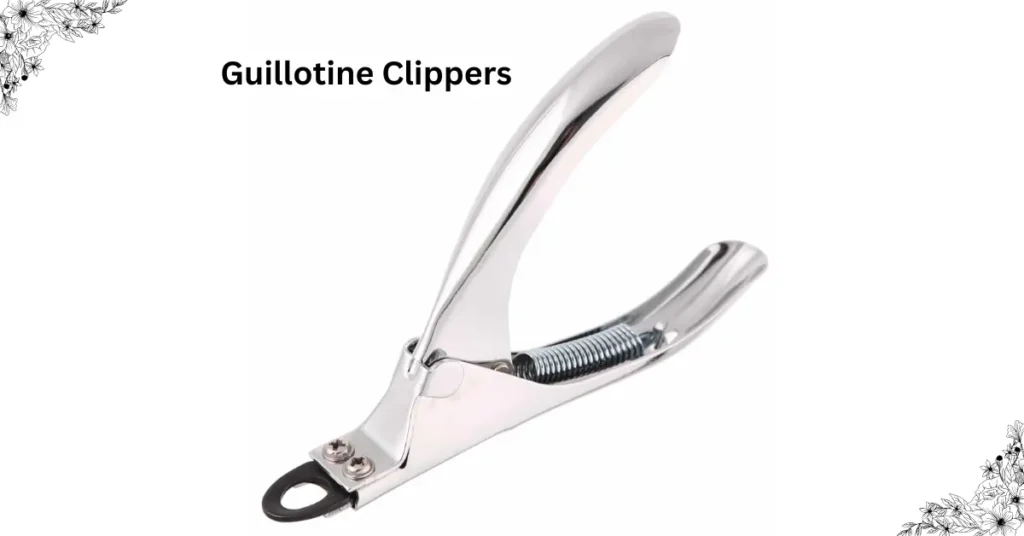
Guillotine clippers, marked by a single straight blade gliding across a fixed edge, emulate the fineness of an atomic guillotine. They are optimal for a straightforward, precise cut, often exceeding in regular toenail conservation, ensuring a stoner-friendly design that provides ease of use without compromising on delicacy.
Lever Clippers
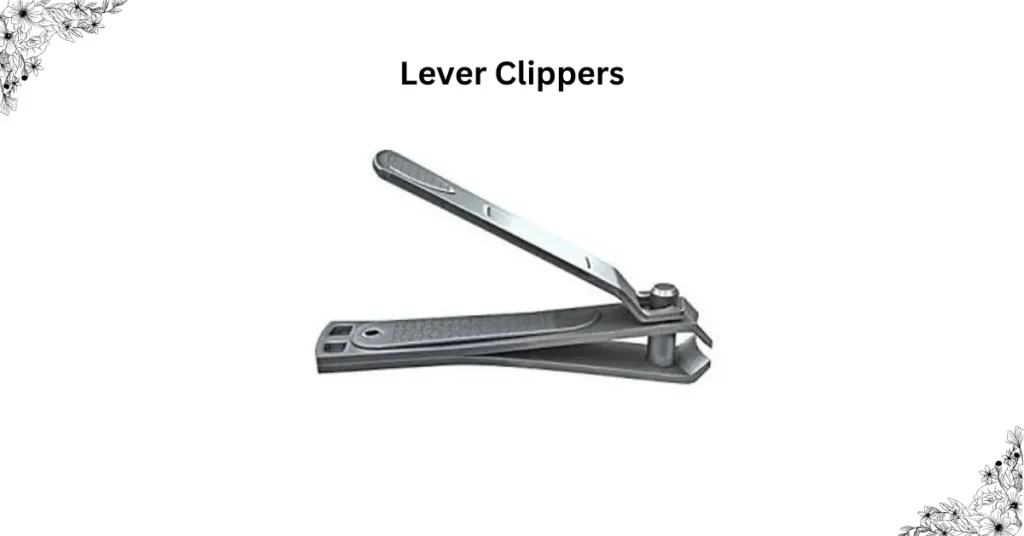
Lever clippers, also known as scissors or plier clippers, operate through a switching medium that painlessly brings the blades together upon a gentle press, making them ideal for bridging generations and offering a protean, stoner-friendly experience suitable for individualities of all periods. Their rigidity to varying nail consistency makes switch clippers an accessible option for diurnal toenail care.
Nippers
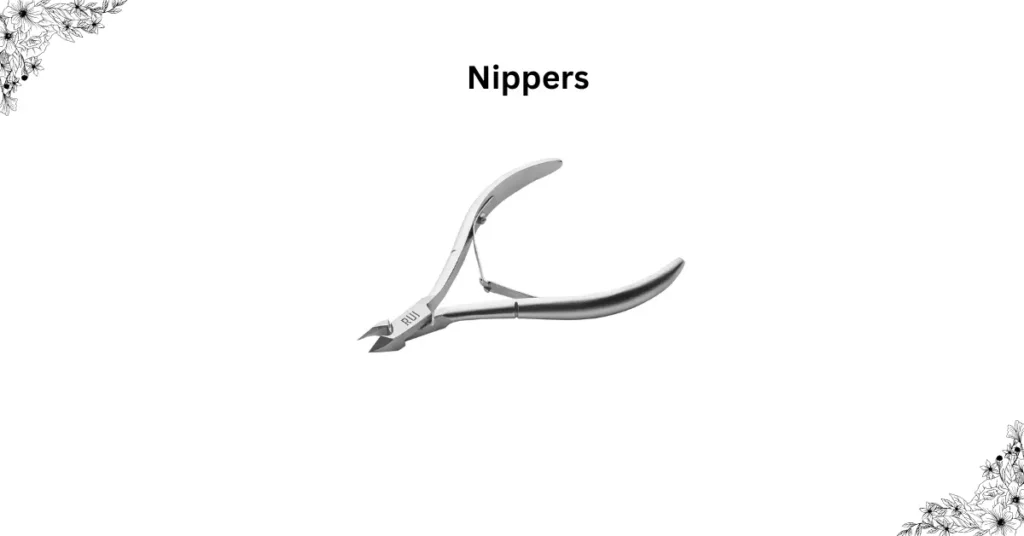
Nippers are robust instruments with elongated handles that provide a strong grip, engineered to attack tougher, thicker nails. They are the favored choice for those seeking enhanced cutting force, with extended handles that offer better control, simplifying the process of trimming nails that challenge other clipper types.
Straight Cut Clippers
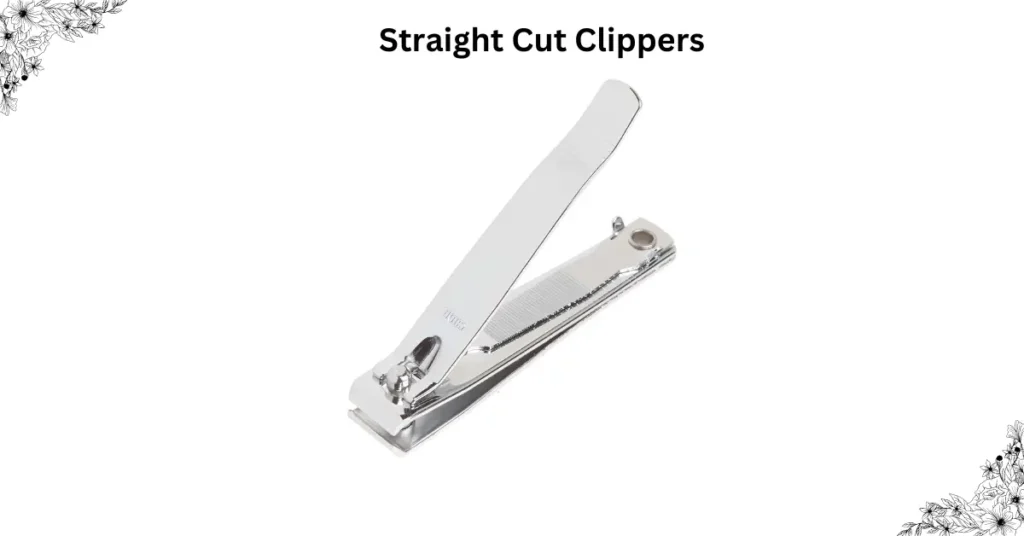
Straight-cut clippers feature straight, flat blades that elegantly deliver a clean and precise cut. These protean clippers are ideal for various nail types, offering a simple yet refined result in toenail care with a straightforward design that promotes ease of use while maintaining a focus on perfection.
How to Choose the Right Nail Clipper
Choosing the right nail clipper is important for maintaining healthy nails and preventing nail damage. Consider various factors like nail type, clipper design, and blade sharpness to ensure you select the best tool.
Nail Type and Shape:
When choosing a nail clipper, it’s vital to consider the thickness and shape of your nails. Thin and delicate nails benefit from scissor clippers, while thicker nails with a curved nail bed might require guillotine or rotary clippers. For difficult-to-cut nails due to fungal infections or being ingrown, specialized clippers are most suitable.
Hand Size:
Make sure the clippers are comfortable to hold and use according to your hand size; scissor clippers or rotary clippers are easier for larger hands, while guillotine clippers are more suitable for smaller hands.
Personal Preference:
When choosing a nail clipper, it’s important to consider your personal preferences. If you prioritize simplicity, guillotine clippers might be your go-to. For those who need precision, scissor clippers are an excellent choice. If you have a specific nail condition like a fungal infection or an ingrown nail, rotary clippers can be an effective option. In my experience, aligning your choice with your personal needs can greatly enhance your nail care routine.
Quality:
When you choose a high-quality nail clipper, you’re ensuring it is made from durable materials. Unlike a cheap, low-quality nail clipper that might not cut nails properly and could potentially lead to nail damage, a high-quality clipper lasts longer and keeps your nails in excellent condition.
Sharpness
Sharpness of the clippers’ blades is a necessary element for achieving a clean and effective cut, as prioritizing sharp blades ensures toenails are trimmed painlessly, without causing discomfort. Dull blades can lead to splintering and jagged edges, compromising the overall perfection of your grooming routine, making sharpness consummate for maintaining the loftiest norms of toenail care.
Brand:
When you choose a reputable brand known for producing high-quality nail clippers, you’re more likely to get a product that lasts longer and performs better. While a less well-known brand may be tempting, a trusted brand ensures your nails remain healthy and are trimmed safely and effectively.
Price
Ensuring quality over affordability when selecting the best toenail clippers is a prudent choice, as investing in a slightly more expensive brace guarantees continuity and effectiveness, proving to be cost-effective in the long run. Cheaper druthers may compromise on accouterments and sharpness, resulting in a less satisfactory toenail care experience. Balancing your budget and the need for reliable, high-quality clippers ensures a worthwhile investment in your bottom care routine.
Using Nail Clippers Safely and Effectively
- Using nail clippers safely and effectively is important for preventing nail damage and maintaining healthy nails.
- Wash your hands with soap and warm water to remove dirt and bacteria.
- Soften nails by soaking them; this makes them easier to cut without splitting or cracking.
- Position the blade perpendicular to the nail opening and make a straight cut to prevent ingrown nails.
- Avoid clipping the skin to reduce pain and the risk of infection.
- File nails to smooth the edges and shape them properly.
- Clean and disinfect clippers after use to prevent the spread of fungus.
- Use a disinfectant solution or rubbing alcohol, and ensure the clippers are dry before storing.
- Replace old and dull clippers every 6-12 months as a rule of thumb.
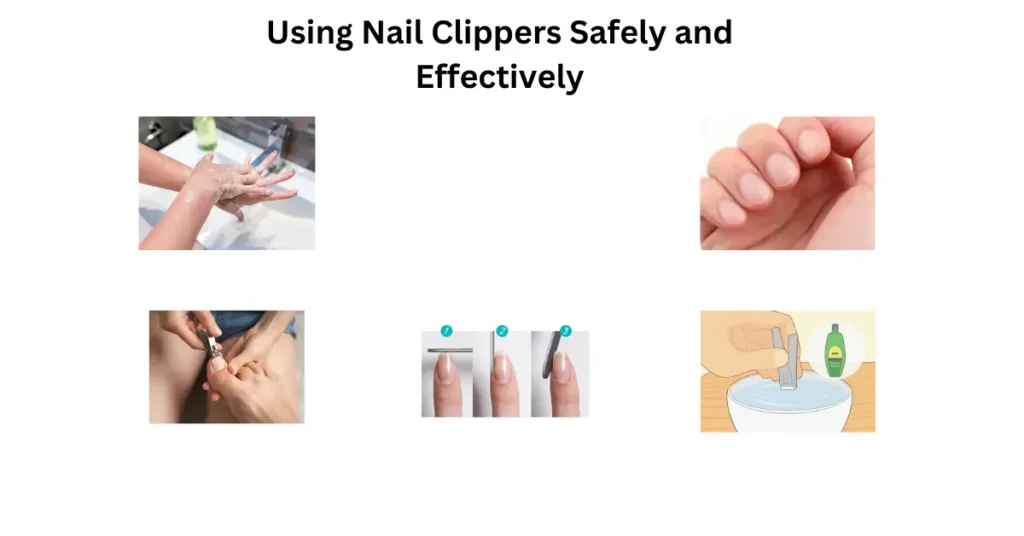
From my experience, following these steps ensures effective and safe nail care for different lifestyles and needs.
Nail Clippers for Different Lifestyles and Needs
- Travel-Sized Clippers:
- Small, compact clippers are perfect for those who travel frequently.
- They are easy to carry in a purse, pocket, or travel bag and allow you to trim your nails on the go.
- Athletic Clippers:
- Designed for athletes engaged in sports and physical activities.
- Typically larger with stronger cutting force, making them effective for thick and tough nails.
- Ergonomic design with a curved shape and rubberized grips helps to reduce hand fatigue and increase grip strength.
- Electric or Motorized Clippers:
- Ideal for those with conditions affecting hand strength and dexterity.
- Features a motorized blade making it easier to cut nails, especially for those with arthritis or limited hand strength.
- Baby Clippers:
- Specifically designed for infants and young children.
- Have a smaller, rounded blade to safely prevent accidental cuts and injury on delicate nails.
- Senior-Friendly Clippers:
- Designed with large, easy-to-grip handles.
- Require minimal strength to operate, making them perfect for seniors with conditions like arthritis.
From my experience, having a versatile set of nail clippers tailored to different lifestyles and needs ensures that you are always prepared to maintain nail health effectively. For instance, I always keep a travel-sized clipper in my bag and find the ergonomic, athletic clippers invaluable for my active lifestyle. The electric clippers have been a game-changer for my elderly mother, making her nail care routine much easier.
Advantages and Disadvantages of Large Clippers and Nippers
- When considering large clippers, they provide greater leverage for cutting stubborn nails and allow you to trim more nails at once, making them especially comfortable for those with big hands.
2. This is particularly true for nippers, as their longer handles offer greater precision, though they might be less suited for smaller nails. I’ve found large clippers essential for handling tough toenails effectively.
Advantages and Disadvantages of Small Clippers
- Small clippers are perfect for precise trimming of smaller nails, providing exceptional precision and comfort, especially for those with smaller hands, and are less likely to hurt yourself or others.
2. From my experience, these clippers make detailed grooming effortless and safe.
Conclusion
Selecting the right toenail clippers tailored to your specific needs is crucial for maintaining healthy nails and preventing issues like splitting or ingrown nails. By considering factors such as nail type, clipper quality, and personal preferences, you can ensure safe and effective nail care, enhancing your overall grooming routine.
FAQ,s
How to choose a good nail clipper?
Choosing the right nail clipper depends on:
1. Type, shape, and thickness of your nails
2. Hand size to ensure it’s comfortable to hold and use
3. Personal preference for design and functionality
4. Quality and reputation of the brand
What type of toenail clippers are best?
1. Tweezerman Stainless Steel Nail Clipper Set: Durable and reliable.
2. New Huing Podiatrist Toenail Clippers: Wide jaw for a straight cut on thicker nails.
3. Clipperpro Omega Select Fingernail Clipper: Ergonomic design for easy use.
4. Mundial 776-PR Stainless Steel Toenail Nipper: Precision with a straight jaw.
5. Zwilling J.A. Henckels Twinox 6cm Nail Clipper: Versatile and dependable.
6. Fridababy SnipperClipper Set: Ideal for infant nail care with safety and precision.
What are the different types of nail clippers?
There are three main types of nail clippers: lever-type, nippers, and scissors. The most common is the lever type, perfect for general use. Nippers offer precise trimming for thicker nails, while scissors allow for meticulous, manual cuts.
How do I choose a good Clipper?
1. Decide between corded or cordless options based on convenience.
2. Consider the included accessories for added functionality.
3. Note the blade sizes for different cutting lengths.
4. Evaluate the motor power to ensure it meets your needs.
5. Check the maintenance required to keep it in top condition.
What are the characteristics of nail clippers?
1. Clipper head: Can be concave or convex for specific trimming needs.
2. Specialized ends: Designed for precision in clipping toenails or fingernails.
3. Cutting mechanism: Blades can be positioned parallel or perpendicular to the principal axis.
4. Manufactured for effective and precise cutting based on nail type.
